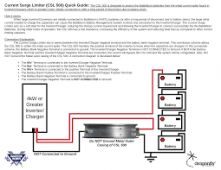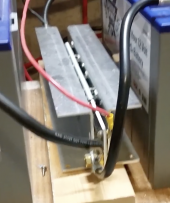corn18
Village Idiot
- Joined
- Sep 9, 2021
- Messages
- 680
Saw this on the Battle Born site:
https://battlebornbatteries.com/product/current-surge-limiter/?fbclid=IwAR3xwU7vIIPlJ9iNSFZ8oqJ261fzsiKPksSPkO9iYCXD71C6_MnJl4Usg9M#:~:text=The CSL500 Current Surge Limiter,3.5kW


 Here's how it's wired:
Here's how it's wired:

$280 is steep but it would sure help wife proof my RV setup.
Anyone using one? I have one in my cart and ready to hit buy.
https://battlebornbatteries.com/product/current-surge-limiter/?fbclid=IwAR3xwU7vIIPlJ9iNSFZ8oqJ261fzsiKPksSPkO9iYCXD71C6_MnJl4Usg9M#:~:text=The CSL500 Current Surge Limiter,3.5kW




$280 is steep but it would sure help wife proof my RV setup.
Anyone using one? I have one in my cart and ready to hit buy.
Last edited:



